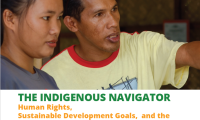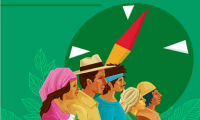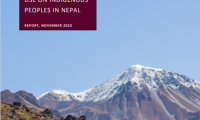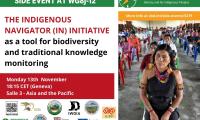Bangladesh: The power of evidence-based advocacy
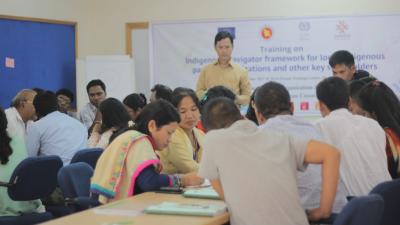
The Indigenous Navigator project in Bangladesh has implemented activities with more than 400 beneficiaries and 15 indigenous communities have gathered their own data.
According to the 2011 census conducted by the Government of Bangladesh, the country's indigenous population comprises approximately 1,586,141, which represents 1.8% of the country's total population. However, indigenous peoples in Bangladesh claim that their population is approximately 5 million.
Indigenous peoples' organisations in Bangladesh have protested against the growing number of human rights violations and demand protection, promotion and respect for their human rights. Approximately 80% of the indigenous population lives in the flatland and remote districts of the north and southeast of the country, while the rest reside in the Chittagong Hill Tracts.
“Indigenous peoples engaged with the implementation of the Indigenous Navigator project are enjoying the use of the tools because they themselves are generating their own data. They are more confident to engage with the National Human Rights Commission (NHRC), the Ministry of CHT Affairs (MoCHTA), media, UN agencies, development partners and other stakeholders”, describes National Project Coordinator Alexius Chicham.
National government following closely the project
Through close collaboration and coordination of ILO and Kapaeeng Foundation with the Ministry of Chittagong Hill Tracts Affairs (MoCHTA), different government bodies became interested, including the Bangladesh Bureau of Statistics (BBS), and open to use the data generated by the Indigenous Navigator project. Members of the Parliamentary Caucus on indigenous issues also played a vital role to raise indigenous issues in the Parliament.
“To achieve the ambitious vision of 2030 agenda, the Indigenous Navigator project would be commendable initiatives for indigenous peoples to carry on monitoring and evaluation themselves. After analysing and interpreting their data, they could later submit it to the National Statistics Officer of Bangladesh Bureau of Statistics”, highlights Md. Kabir Uddin Ahmad, Director of Bangladesh Bureau of Statistics (BBS).
Government officials inquired about the structure of the community questionnaire, especially on the arm forces related issues and human rights violation issues. In some cases, especially in CHT arm forces inquired about the visit to the village and outcome of the meeting
Moving forward
After training and data gathering, it is expected that the data-skills will position indigenous peoples in Bangladesh in a vanguard to play a significant role to minimize the data-gap.
The Indigenous Navigator data-generation system is applauded by indigenous communities as well as mainstream non-government organizations. They are preparing themselves to use the navigator tools and framework for preparing their target communities data in several regions. For example, the Non-Mainstreamed Marginalized Communities (NNMC) network is working for the development of plain land indigenous peoples pledges to use the long community questionnaires for generating data of Santal indigenous peoples in Bangladesh.
Indigenous Peoples Organizations have shown their interest to use this tools and requested Kapaeeng and ILO to orient them to collect data who are not covered through the project. It is expected that at the end of 2018 such usages of tools will be uploaded and accessible on the Indigenous Navigator’s website.
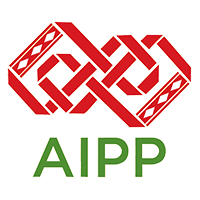
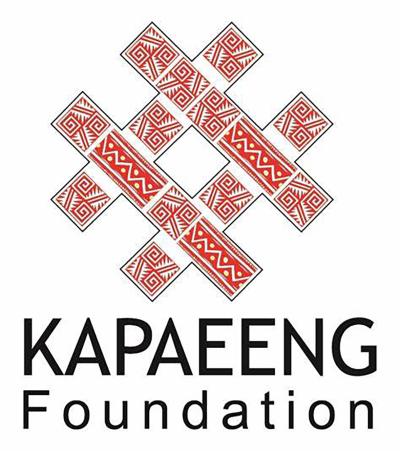
Contact

